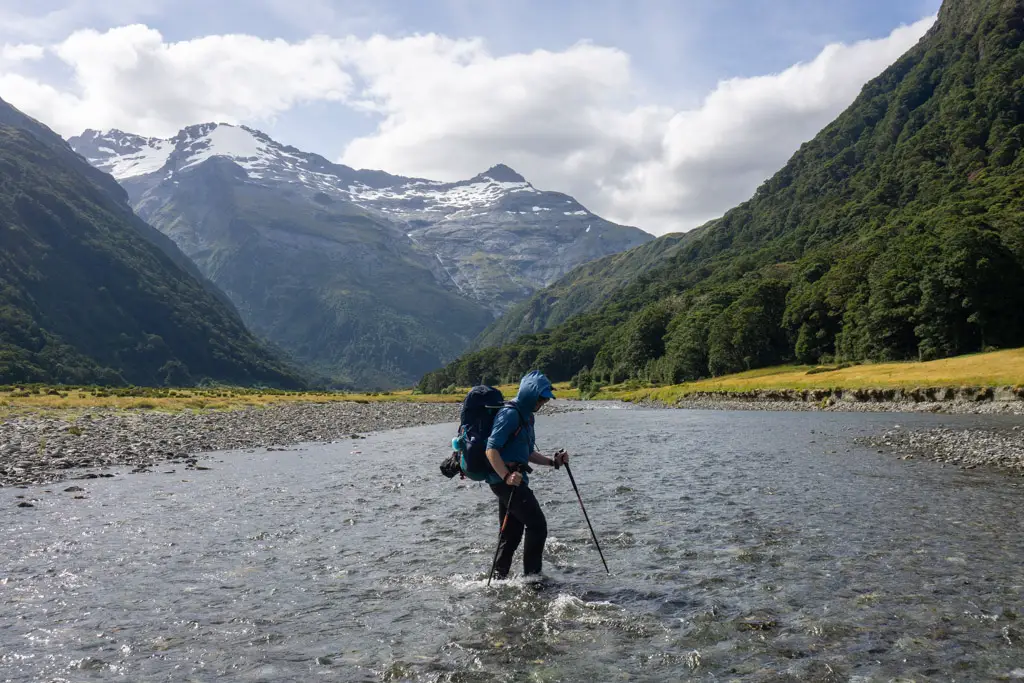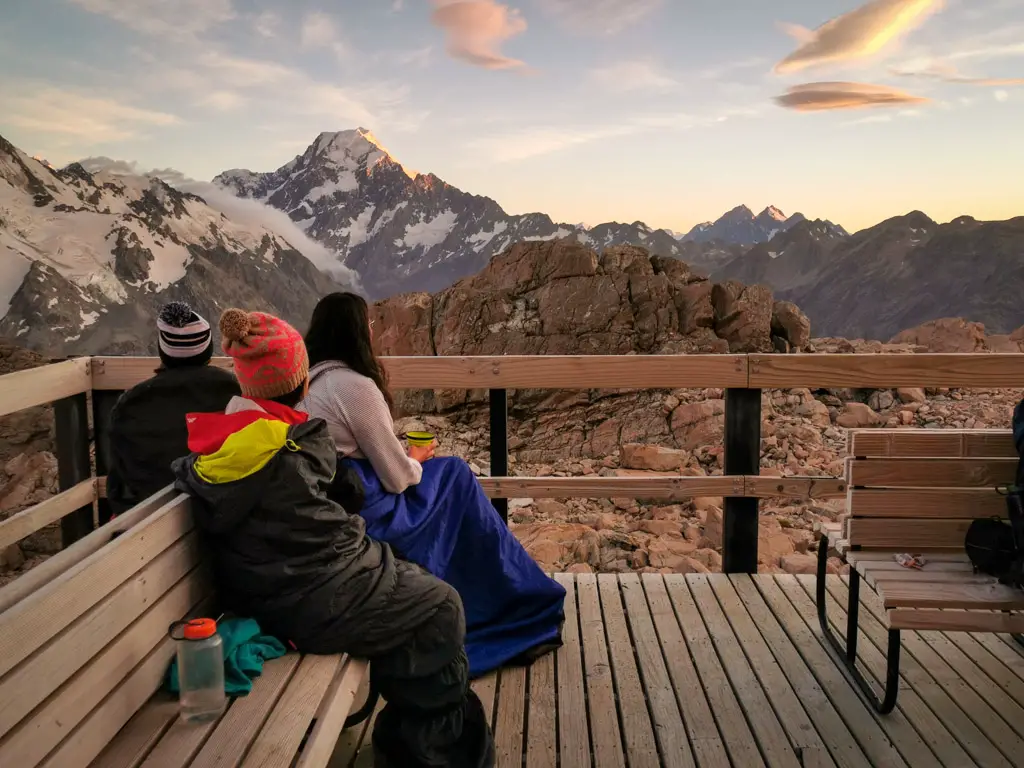Heuristic traps cause fatalities in the backcountry every year. Read on for an explanation of what they are and how to avoid them.
A heuristic is a fancy word for the mental shortcuts humans use to simplify problems and help us to quickly react to complex situations. They are a necessary part of our brain and come in super helpful in many everyday situations (e.g. ordering the same food at a restaurant each time instead of actively choosing what you most feel like – this saves you precious time). But when these shortcuts are applied in the wrong context, they can lead you into heuristic traps which can have serious consequences.
There are six common heuristic traps when it comes to the outdoors. Let’s learn about them!
The Six Heuristic Traps in Tramping:
1. Commitment
The heuristic trap of commitment is the determination to achieve your goal, even when things change. In certain situations, this can also be called “summit fever” – when you become so fixated on reaching the top that you ignore strong signs of danger. But it can be any goal, for example “I need to reach the hut for the night, so I’ll keep going even though it’s dark and I can’t see the track markers clearly, rather than stopping and camping”.
Solution
Before you set off, always have a Plan B that you’ll be satisfied with, in case you can’t achieve your original goal. Always carry the 10 Essentials in case you get caught out and plans need to change.

2. Familiarity
Another heuristic trap is the act of becoming so familiar with a situation or environment that you don’t think about the potential consequences of your actions. An example of this would be thinking “I’ve crossed this river plenty of times and it’s never been an issue before”, while not considering the changed variables (e.g. recent rainfall).
Solution
Just because something has always been fine, doesn’t mean it’ll be fine today. Always try to consider all options and risks when planning trips, and stay aware of your surroundings, particularly if anything changes. This is obviously a lot easier said than done!

3. Conformity
The third heuristic trap is wanting to fit in and not disrupt the status quo. Conformity occurs more often when there are mixes of genders and experience. For example, you want to impress someone so you go on a trip that’s way outside your comfort zone. Or you don’t want to make a fuss when the weather deteriorates and you actually think you should turn around, but you stay quiet.
Solution
Always speak up if you are uncomfortable or unsure. Chances are you’re not the only one feeling that way! It’s better to feel a little silly, than have something go seriously wrong. Always go tramping with people that you know and trust to listen to you.

4. Authority
Relying on the perceived “expert” to make decisions can be another heuristic people use that can backfire. It’s good practice to have a leader in any tramping group, but that shouldn’t mean they’re the sole decision-maker.
For example, (and this is a real example) I went on a winter trip into alpine terrain with a guiding company. The forecast was absolutely atrocious and I normally wouldn’t have ever considered going out for a walk let alone into alpine terrain, but I deferred to the guide’s expert opinion. Partway into the trip a member of my group (who nobody knew had been feeling unwell, probably because she had fallen into the heuristic trap of conformity and didn’t want to speak up) collapsed unconscious into the snow. We were in complete blizzard conditions four hours’ walk from the nearest roadend, with no possibility of a heli rescue. I quickly had the realisation that I should have relied on my own decision making, as I was now part of a very dangerous situation.
(If you want to read more about this situation, check out that blog post).
Solution
The solution to this heuristic trap is to question authority rather than following unthinkingly. Just because someone has more experience than you doesn’t mean they’re immune to making mistakes. Speak up (respectfully) if you want to discuss the leader’s decision-making. If you’re not comfortable with the person who’s leading the trip, then consider not going or finding other people that you feel safe with.

5. Scarcity
Going ahead with something because it’s your only chance to do it, even when you would normally wait. For example, you’ve paid a lot of money to book a once-in-a-lifetime trip, or it’s the only time you’ll be in this area, so even though the forecast is dicey, you still head out.
Solution
Just because this is a scarce opportunity, doesn’t mean you should make stupid decisions. The mountains will always be there. Don’t let a sense of FOMO push you into a decision you’ll regret. What’s really more important, a trip (no matter how amazing)? Or your life?

6. Social Proof
This heuristic trap is thinking you can do something or go somewhere because you’ve seen other people doing it. We’ve all seen those shots of people in unstable glacier caves, for example. Just because the ice didn’t collapse on them, doesn’t mean you’ll escape unscathed if you go in. Another more recent example is the people walking all over thin ice covering Hooker Lake – people saw others doing it and just assumed it was safe, despite the warning signs and the risk they were taking.
Solution
Make decisions for yourself rather than relying on what others are doing or have done. You don’t know what risks they were willing to take, their level of experience or the conditions at the time they were there. Instagram is a highlight reel – you don’t know what went on (good or bad) behind the photo. Consider all risks and benefits yourself and make decisions you’re comfortable with, not decisions that someone else was comfortable with.

Have you ever fallen into one of these heuristic traps? I certainly have and likely will do plenty more times. But the more awareness we have, the more we can adapt our behaviours and try to minimise risk as much as we can.
Many thanks to the helpful sources I used when compiling this article:
What do you want to learn about next?
LET ME KNOW WHAT YOU THINK! LEAVE ME A COMMENT OR MESSAGE ME OVER ON MY INSTAGRAM.
I love hearing from readers and helping them plan their own adventures!

